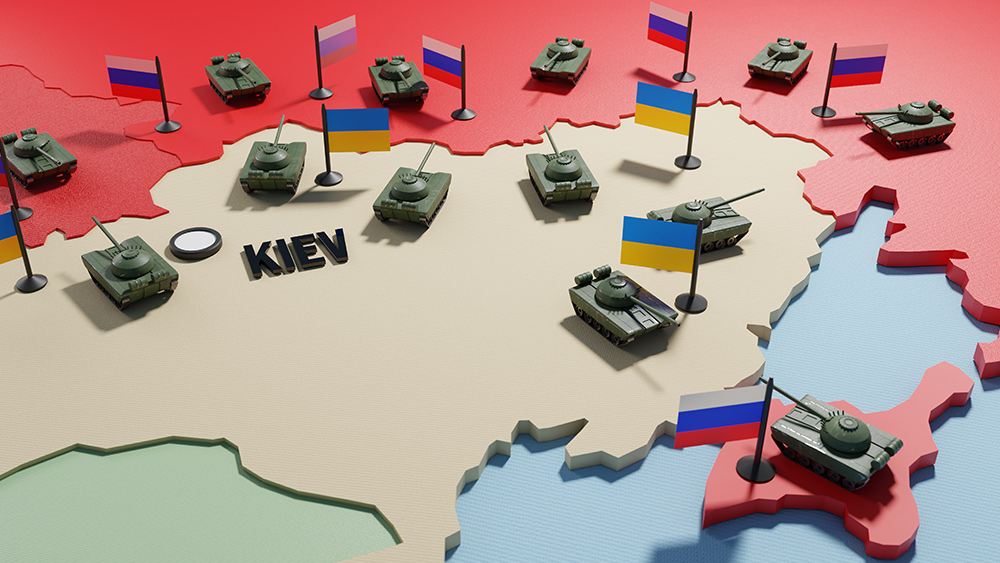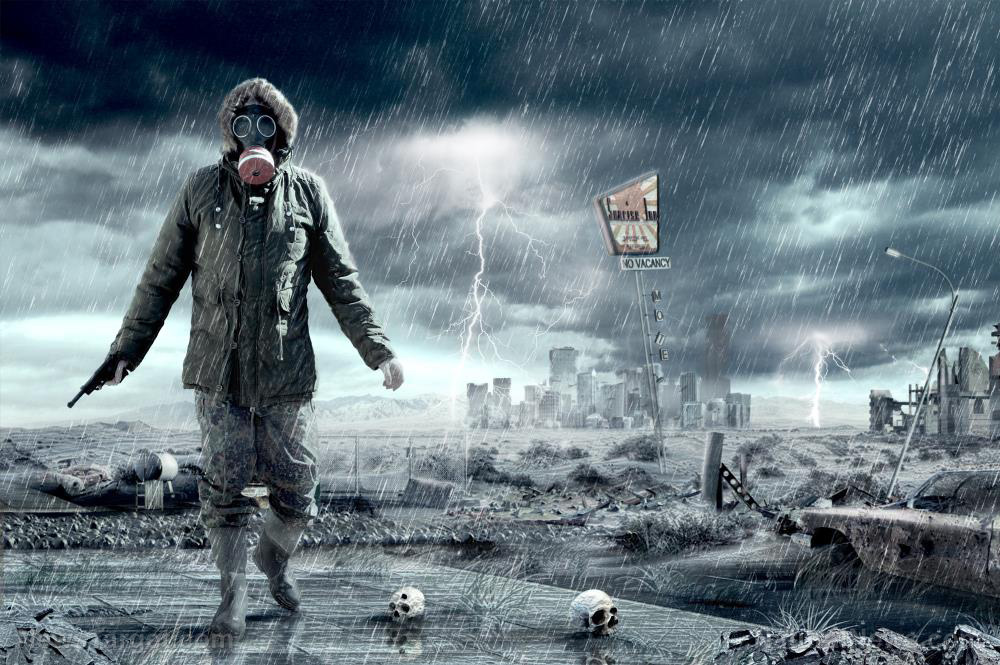 Parler
Parler Gab
Gab
Unemployment is at a half-century low, but major corporations like Amazon and Microsoft are laying off tens of thousands of people
During the height of covid, consumer savings reached epic highs. Now that covid is over, consumer spending has plummeted while inflation has increased. This is a really bad combination for continued economic subsistence. Accounting for roughly 70 percent of the economy, consumer spending is an important part of what keeps America afloat. Without it, the economy will crash, which is exactly what seems to be on the horizon. Unemployment is said to be at a half-century low, but major corporations like Amazon, Goldman Sachs, and Microsoft are laying off tens of thousands of people. Something is really not right. Employers are not keeping their temporary workers for very long anymore, and employees who lose their jobs are taking much longer than normal to find new ones. The average number of hours worked in a week is also declining, according to the Department of Labor. "The last bastion of strength is the labor market, but I don't think it can withstand all these other forces," said Nationwide Chief Economist Kathy Bostjancic about the current situation. Mortgage rates, meanwhile, reached a 20-year high last fall. This bumped the percentage of consumers concerned about making their house payments to 57 percent in the fourth quarter of 2022, up from 48 percent in the third quarter. "We're probably going to have higher interest rates around for quite a while," said Harvard University economist Kenneth Rogoff. "You would think eventually that would dampen consumption, although that we haven't had the full effect yet." The latest news about the dire state of America's economy can be found at Collapse.news. Sources for this article include: WSJ.com NaturalNews.comAfter 7.8 magnitude earthquake rocks Turkey and Syria, death toll estimated to reach 20,000
By Belle Carter // Share
By Arsenio Toledo // Share
Russia boosts gold stock to cushion impact of US, EU sanctions
By Roy Green // Share
By News Editors // Share
The State of the Union is DISMAL
By Mike Adams // Share
Governments continue to obscure COVID-19 vaccine data amid rising concerns over excess deaths
By patricklewis // Share
Tech giant Microsoft backs EXTINCTION with its support of carbon capture programs
By ramontomeydw // Share
Germany to resume arms exports to Israel despite repeated ceasefire violations
By isabelle // Share










